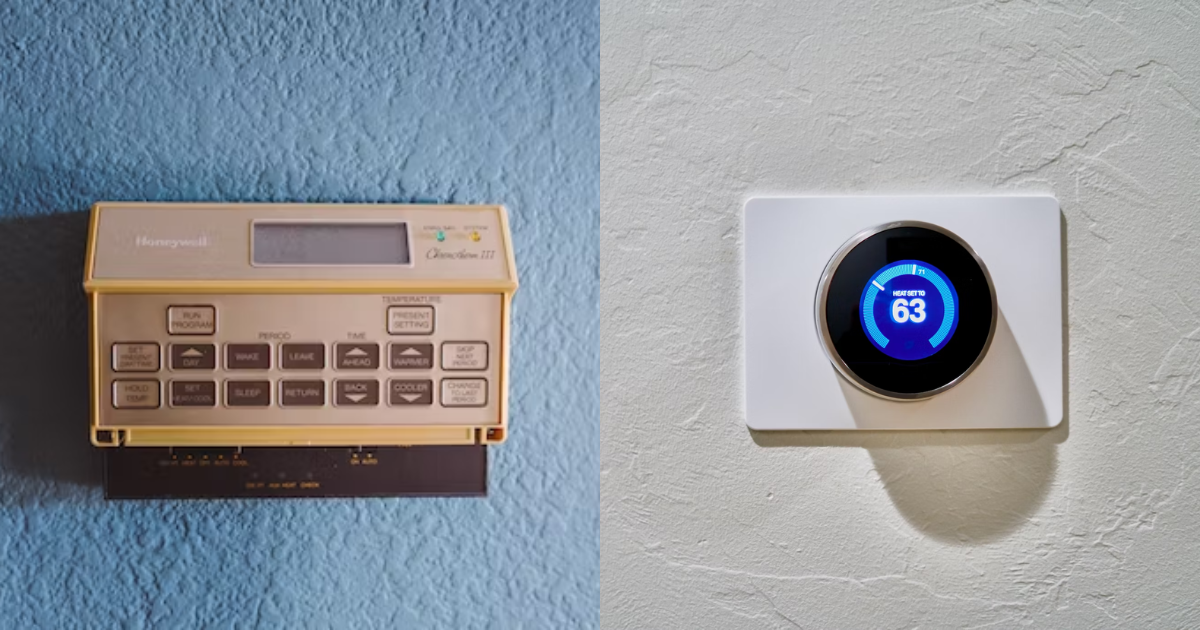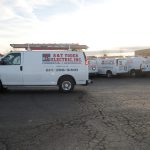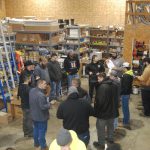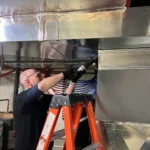Your home’s furnace is one of its most essential systems. This workhorse runs daily through extreme cold to keep your family warm and comfortable.
But even the best furnaces have a service lifespan. If your unit gets up there in years, you may wonder when to replace your furnace. Here are some vital signs that it may be time to upgrade.
1. It needs frequent maintenance.
If your current furnace requires many repairs and maintenance calls, the constant issues could signal the end of its lifespan. Once units reach 10-15 years old, breakdowns happen more often.
At a certain point, continually fixing an aging furnace becomes more expensive than replacing it. Investing in a new system is probably timed if your repair bills mount.
2. Energy bills are spiking.
Have your heating costs suddenly skyrocketed? Older furnaces often see a drop in efficiency. You must run them longer and use more energy to heat your home sufficiently.
Newer models are designed to be far more energy-efficient. If your gas or electric bills have rapidly increased, this signals that your old unit is no longer operating optimally. The savings from an upgraded furnace will typically pay for themselves over 3-5 years.
3. Replacement parts are hard to find.
Another clue your furnace needs to be updated is if repair technicians say parts are hard to come by. When models phase out of production, replacement components become scarce.
Trying to track down discontinued parts for an outdated furnace can ensure repairs and save costs. If parts are no longer readily available, take it as a sign to invest in a new furnace.
4. It has safety issues.
Have you noticed any potential safety concerns with your furnace, like carbon monoxide leaks, burned-out pilot lights, or faulty wiring? These issues point to outmoded design that needs to meet modern safety codes. Don’t take risks with your family’s health and well-being. Replace obsolete furnace models that lack adequate safety features and updated technology.
5. It no longer maintains a consistent temperature.
Do certain rooms feel colder than others, no matter how you adjust the thermostat? Temperature fluctuations can signal problems with an aging furnace. Worn-out blowers and ductwork can prevent the even distribution of warm air. Letting rooms get too cold damages pipes and allows mold growth. Inconsistent heating is a red flag that replacement is needed.
6. You’ve added on to your house.
Has your family’s and home’s square footage grown since you installed your previous furnace? An undersized furnace will need to meet increased demands. Upsize based on current space needs and insulation. Since too big of a unit can also cause problems, contact the Yoder team to see what size suits your needs.
7. You want a newer model.
Even if your old furnace still works, you may want to upgrade for enhanced efficiency, comfort, and smart features. New technology like variable-speed motors, multi-stage heating, and WiFi thermostats take performance to new heights. Replacing an outdated but functioning unit could be worthwhile if you want the latest amenities.
As the furnace ages, breakdowns become more common, and inefficiencies emerge. Changing your furnace is the ultimate fix when facing rising bills and repairs. Look for the signs above to determine if your unit is ready for retirement. With a new furnace, you’ll gain peace of mind knowing your home’s warmth will be reliable for years.







